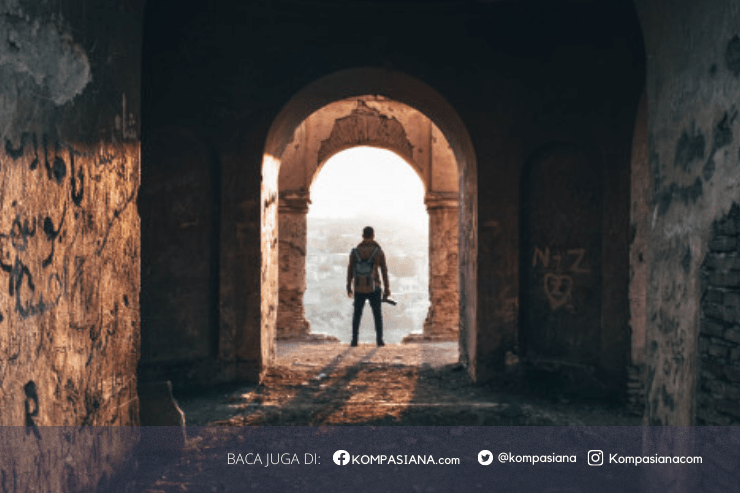As a child, I used to follow my parents every Cheng Beng, carrying incense, food, and flowers to my grandparents' resting place. I didn't fully understand it then---it was just something we did, like a family ritual passed down through generations. But as I grew older and began exploring the concept of interbeing, the deeper meaning of Cheng Beng revealed itself to me.
The Concept of Interbeing
I first came across the word interbeing through Zen master Thich Nhat Hanh. At first, it sounded poetic---something beautiful but abstract. But over time, I realized it reflects a deep truth: nothing exists in isolation. To be is to inter-be.
A cup of tea, for example, is not just tea. It contains the cloud, the rain, the sun, the farmer, and even the person who serves it. Everything comes from a web of conditions. The same is true for me. I am not just myself---I am made of my ancestors' love, struggles, and hopes. Their choices ripple through me. My habits, beliefs, and even the language I speak are shaped by those who came before.
Interbeing reminds me that I am part of something larger. I exist because of others---past and present. It's a shift in perspective: if we inter-are, then caring for others, for nature, for the future, is also caring for myself.
That's why, for me, Cheng Beng has become more than a family ritual---it's a moment of deep connection. When I bow before my ancestors' graves, I don't feel like I'm honoring people who are gone. I feel like I'm touching a thread that ties us together across time. I'm reminded that I carry their stories in my body, their dreams in my choices. In that quiet space, I don't just remember them---I continue them.
Cheng Beng as Interbeing Manifestation
The more I reflect on interbeing, the more I realize how deeply it is embodied in the Cheng Beng tradition. Every year, as we prepare to visit the graves of our ancestors, I feel the presence of that invisible web of connection growing stronger---not only between the living and the dead but among family members, generations, and even the natural elements involved in the ritual.
During Cheng Beng, we sweep the tombs, offer food, burn incense and paper offerings, and bow in reverence. On the surface, these acts may seem symbolic or customary. But when seen through the lens of interbeing, they are so much more. Each gesture is a way of saying: You are still a part of us. You are not gone. We continue because of you.
As I lay offerings on the grave, I often think: this food was prepared by my mother, using recipes taught by her mother. The incense smoke rising into the air carries both memory and gratitude. The paper money we burn symbolizes support---not just materially, but emotionally and spiritually. Even just standing side by side as a family at the resting place reminds me that we are all connected---not only to each other, but to those who came before us. In moments like that, I can feel the presence of the past still alive within us.
Sometimes I feel like I'm walking in the footsteps of hundreds of others who did the same before me---honoring, grieving, giving thanks. And in doing so, I understand more clearly: Cheng Beng is not about separation; it's about connection. It's not just about those who have passed---it's about recognizing how deeply they still live within us.







